Blitzwolf USB-C and QC2 car charger BW-C7

Official specifications:
-
Model: BW-C7
-
Power: 33W
-
Input: DC 12-18V (Max)
-
QC 2.0 Output: 5V/2A, 9V/2A, 12V/1.5A (Max)
-
Type-C Output: 5V/3A
I got it from Banggood
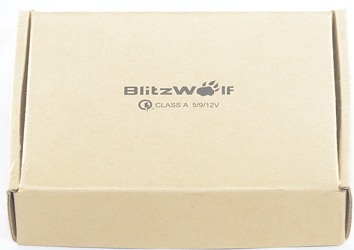
Blitzwolf uses a brown cardboard box without much text on the outside.
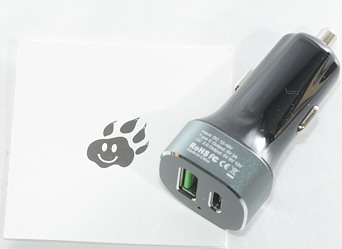
The box contained the charger and a note.


There is a blue led behind the small hole.
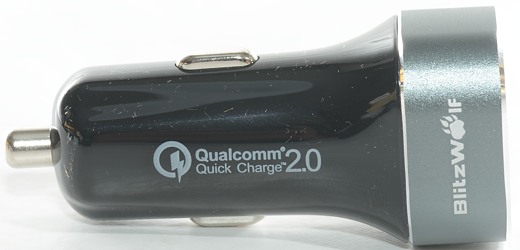
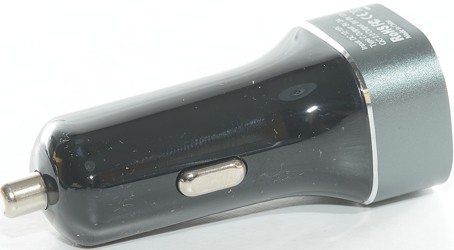

Measurements
-
Usb output is QuickCharge and automatic coding with Apple 2.4A as max.
-
USB-C coding is 3A and is also has auto coding on data pins, but do not support QC.
-
Current consumption when idle is 3.5mA or 0.03 watt
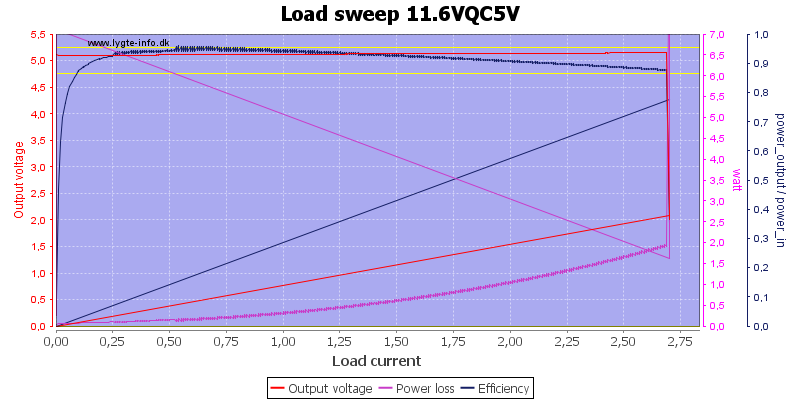
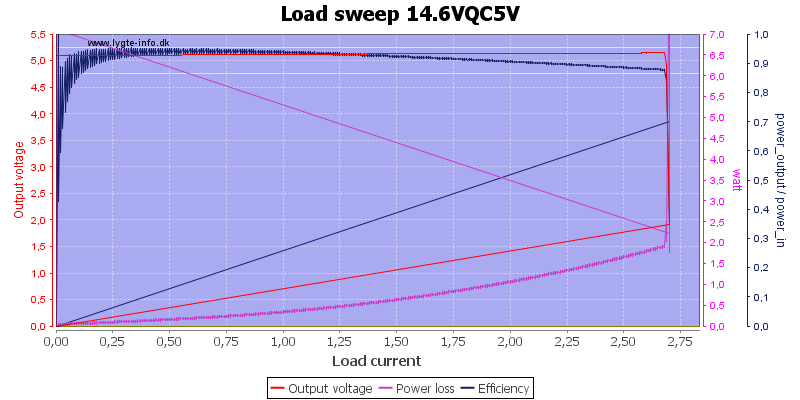
The QC has very good efficiency and the output is limited to about 2.7A.
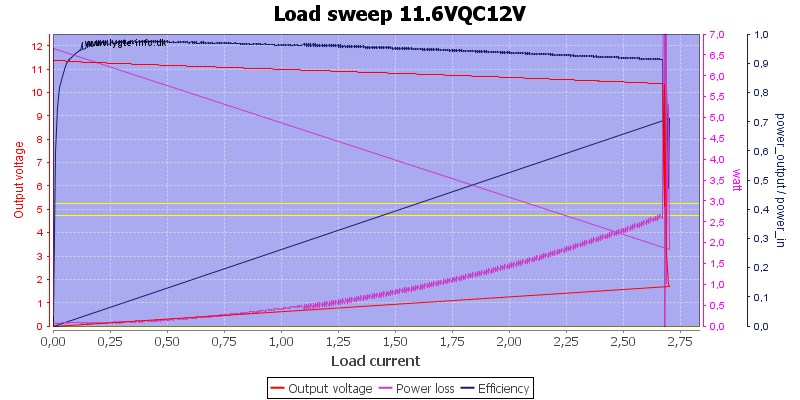

The current limit is the same at 12V and the effiency is just as good.
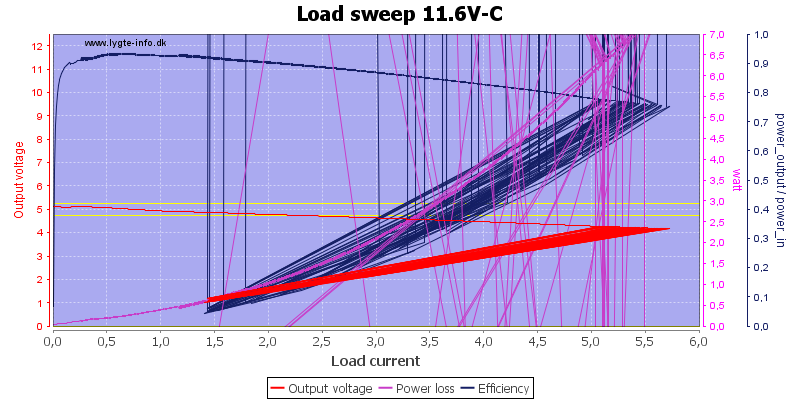
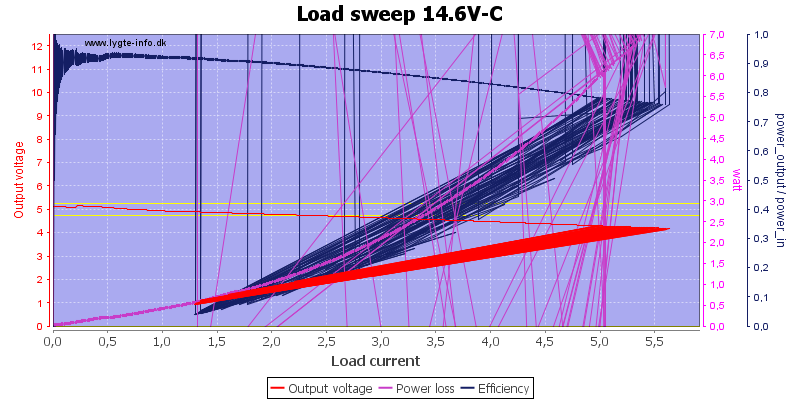
The usb-c has a current limit at about 5A.

The idle current of the adapter is about 3.5mA.
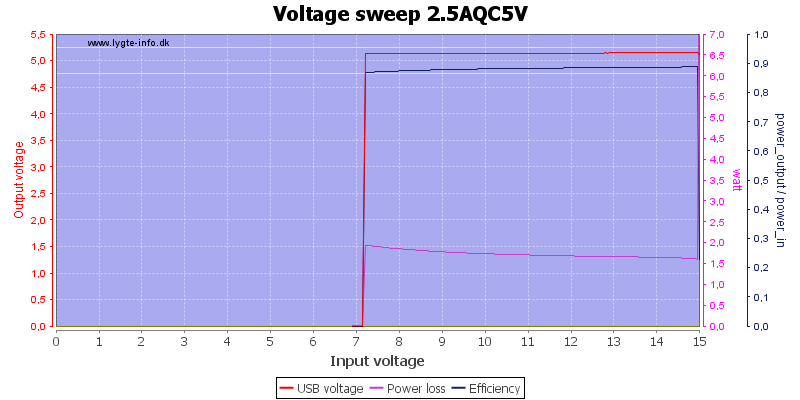
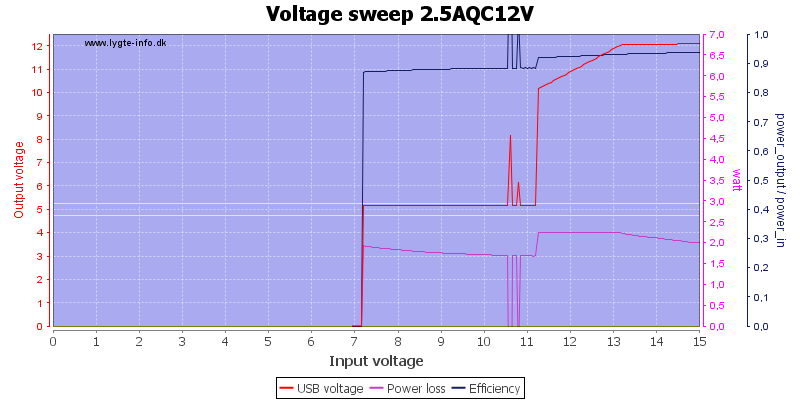
At 5V output the adapter work at any car voltage, but it has a slight problem maintaining 12V if the car battery is low and the output is very heavy loaded.
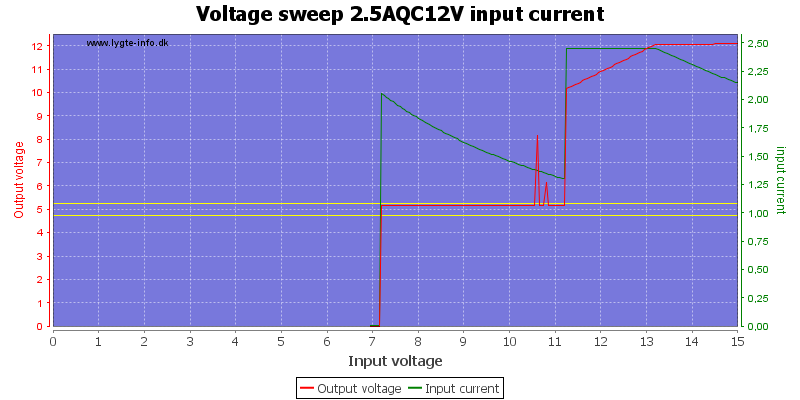
Input current at when draing 2.5A at 12V is also 2.5A, not really surprising.
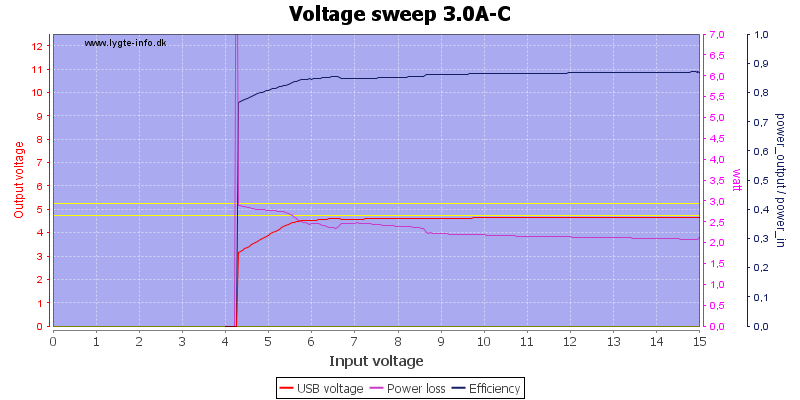
The circuit for usb-c works down to about 6V.

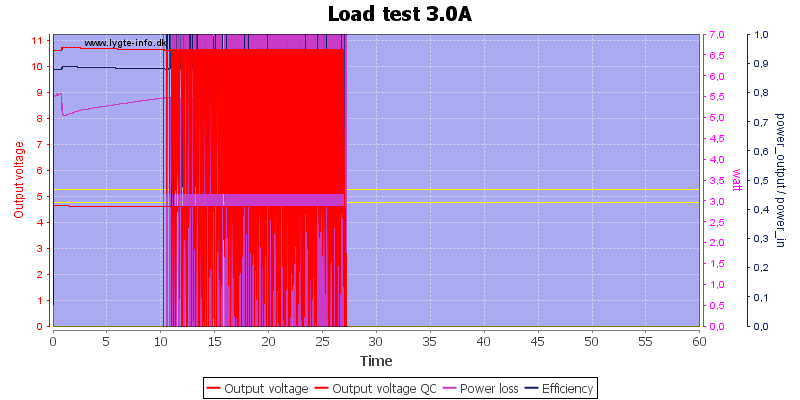
For the first load test I used QC on 12V with 2.5A load and 3A load on USB-C, this was a bit much for the charger and it shut down.
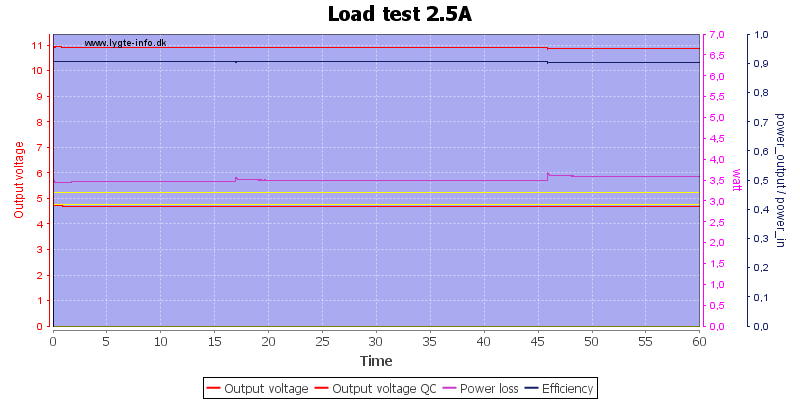
Reducing the load to 2A on QC and 2.5A on USB-C worked much better.
The temperature photos below are taken between 30 minutes and 60 minutes into the one hour test.
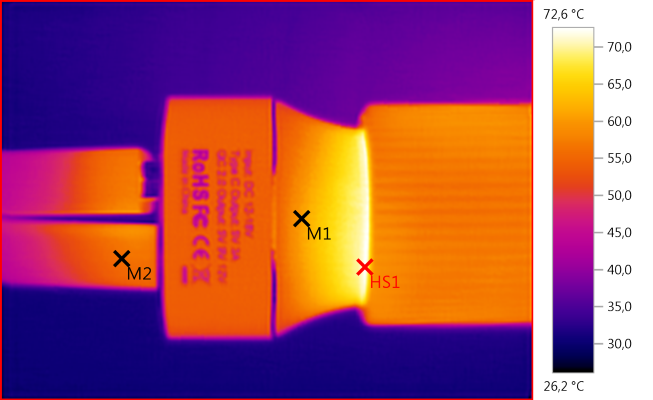
M1: 60,6°C, M2: 56,1°C, HS1: 72,6°C
It do get fairly warm when running at full power.
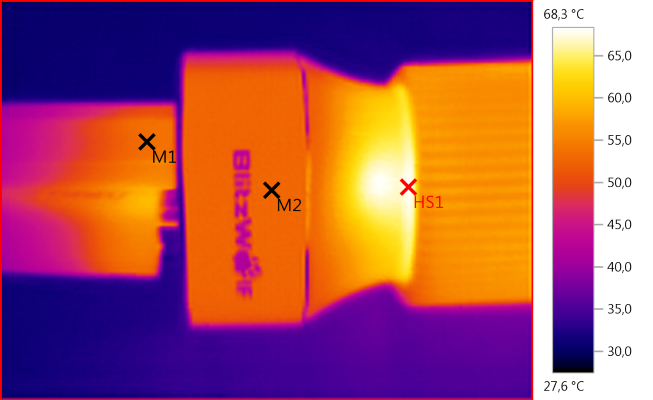
M1: 53,4°C, M2: 52,7°C, HS1: 68,3°C
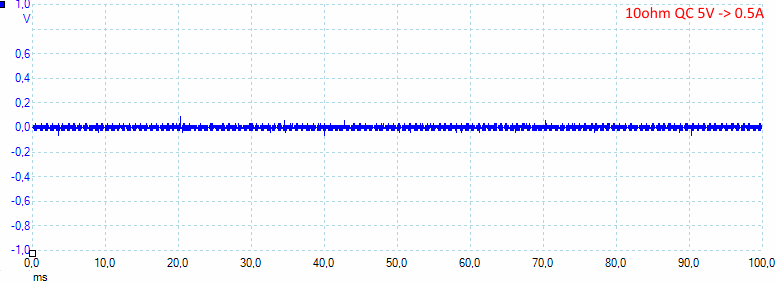
Noise at 0.5A on the QC output is 20mV rms and 88mVpp
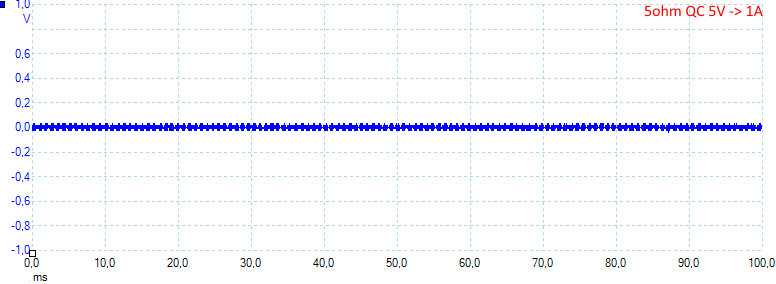
Noise at 1A on the QC output is 21V rms and 86mVpp
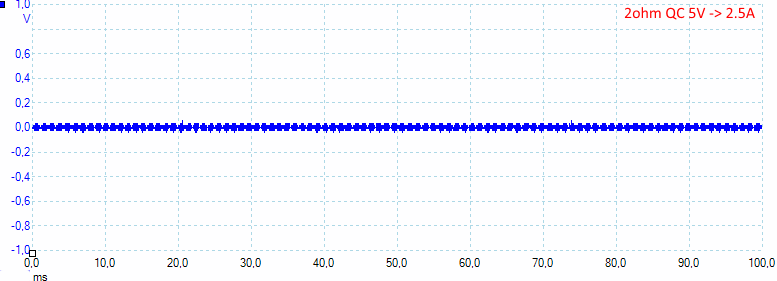
Noise at 2.5A on the QC output is 24mV rms and 96mVpp
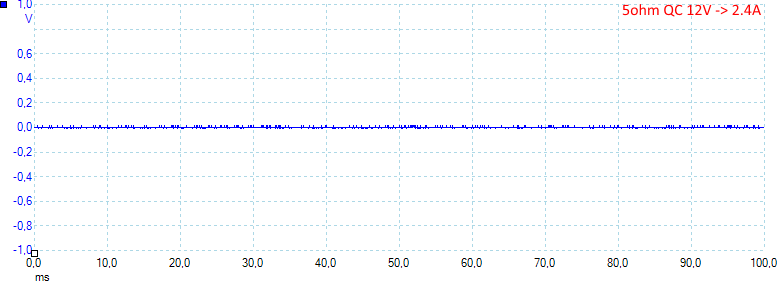
Noise at 2.4A on the QC output is 3mV rms and 46mVpp (this load is over specifications).
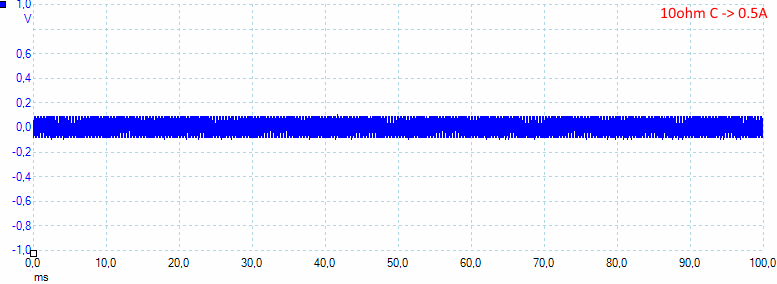
Noise at 0.5A on the USB-C output is 57mV rms and 220mVpp
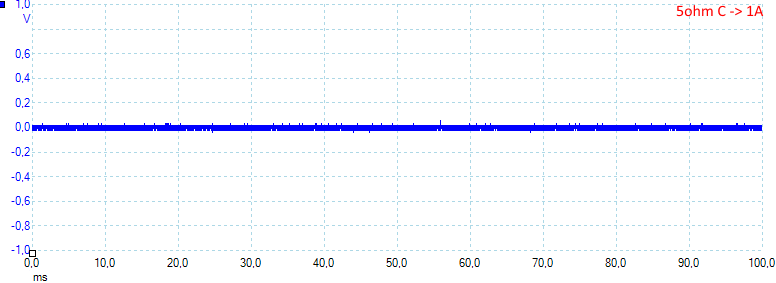
Noise at 1A on the USB-C output is 18mV rms and 97mVpp
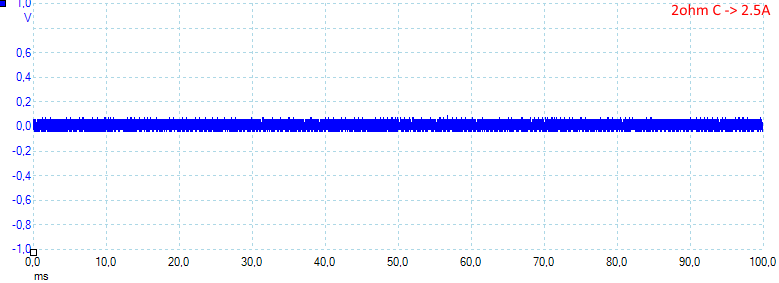
Noise at 2.5A on the USB-C output is 37mV rms and 150mVpp
Tear down
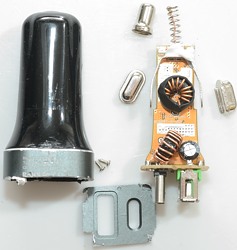
Some can pull the aluminium off to open the charger, but I cannot, I have to cut.
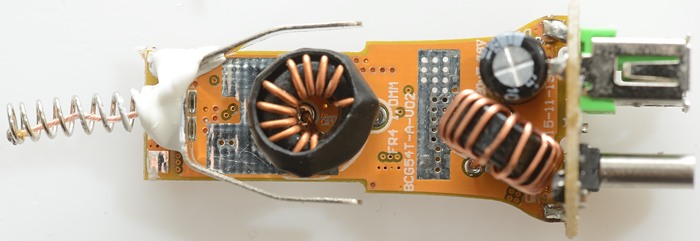
On this side of the circuit board there are two inductors, one for QC and one for USB-C
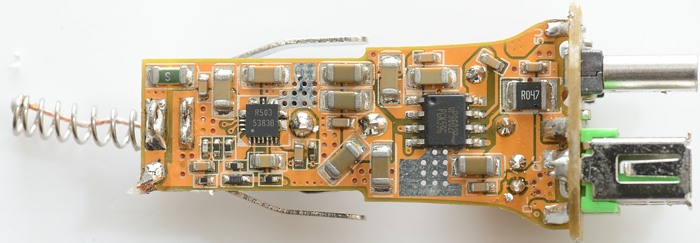
The small chip near the 12V input is used for USB-C, the larger chip (uP9602P) is the QC switcher and controller in one chip.
The lack of diodes probably means that both chips do synchronous rectification, this is one of the reasons for the good efficiency.

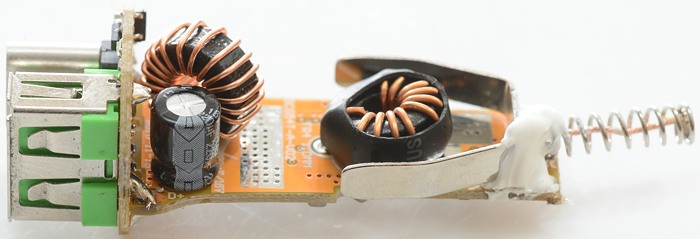
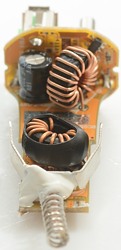
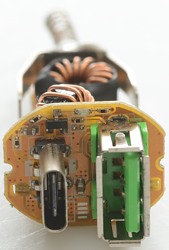
Above the usb connector is a small transistor, it is connected to the blue led. It looks like the led will only light up if both USB-C and QC output is working: Led is supplied from USB-C, transistor is only open of QC has voltage.
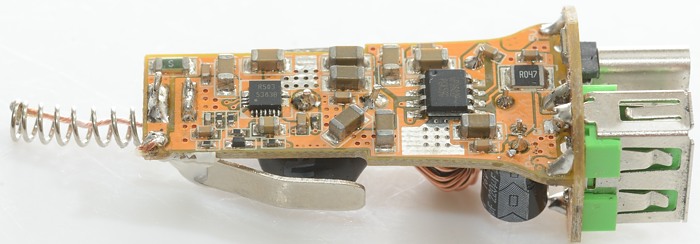
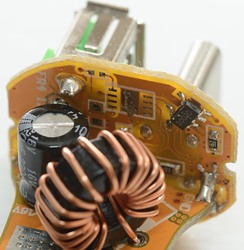
The chip behind the USB-C connector is the auto coding chip. The resistor at partial hidden behind the inductor (10—) is probably the current coding resistor for USB-C.
Being a 12V device there is no need to test with high voltages.
Conclusion
This car charger is fairly impressive with both QC and USB-C outputs and both with auto coding and lots of current. For most people that have devices with both old usb and USB-C this is a good charger.
Notes
The usb charger was supplied by Banggood for a review.
Read more about how I test USB power supplies/charger